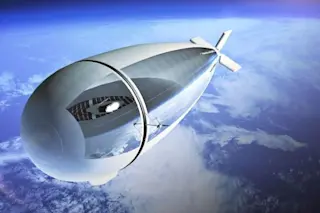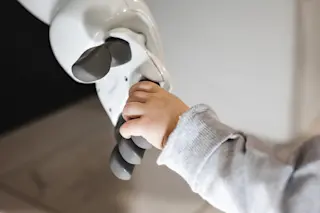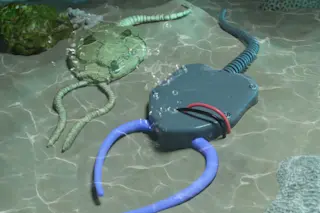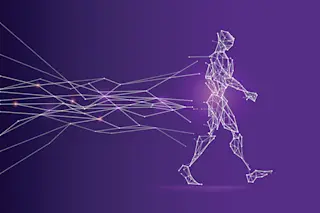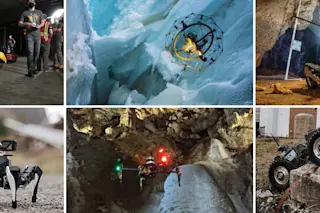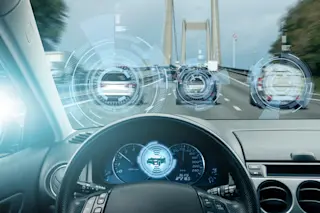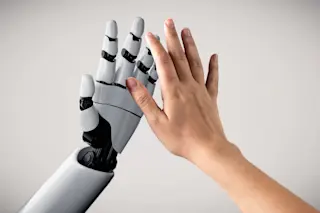http://youtu.be/QGxNyaXfJsA If you want to see scary science fiction in real life, watch this video. For the first time, the U.S. Department of Defense gives us a glimpse into its new surveillance system---one that puts George Orwell's to shame. This big brother is capable of some serious spying, and his name is Argus. Argus is actually a pretty clumsy acronym: Autonomous Real-Time Ground Ubiquitous Surveillance Imaging System. But there's nothing clumsy about its capabilities. Argus has the world's highest resolution camera, which records 1.8 billion pixels in real-time. The sensor itself is classified, but the DoD gave PBS a bit of a teaser for the NOVA special "Rise of the Drones." In the video Yiannis Antoniades, an engineer contracted to design the sensor, shows us an Argus-eye view of the world. Once mounted on a drone, Argus can fly around and record video from an altitude of 17,500 feet. The view is breathtaking. And we're talking the take-your-breath-away-because-this-is-so-frightening kind of breathtaking. While keeping tabs on a 15-square-mile swath of ground, Argus allows operators to zoom in on up to 65 different people in real-time. It can see you walking down the sidewalk. It can see what you're wearing. It can see what you're doing with your arms. It can see when you stop to tie your shoe. Getting this kind of resolution from this altitude is unprecedented. Antoniades designed the sensor based on a technology most of us know well---cell phone cameras. His sensor is actually a mosaic of 368 of these chips. No other camera in the world has such a high resolution. In a single day it can record and archive 1 million terabytes of data. That's the equivalent of 5,000 hours of HD footage. Plus this data is saved and searchable. Antoniades cannot disclose whether or not Argus is already in use. Camera-equipped drones are nothing new---they've been around since the 90s. So how much of an improvement is this? Well, in order to cover as much ground as this single camera, you would need 100 Predators---the previous generation of drones. But if you want to see the sensor itself, you're out of luck. The device remains covered by a tarp in the video. "You get to look at pretty plastic curtains," jokes Antoniades.
Watch This: View from the World's Most Advanced Surveillance Drone
Discover the groundbreaking Autonomous Real-Time Ground Ubiquitous Surveillance system, Argus, and its exceptional spying capabilities.
More on Discover
Stay Curious
SubscribeTo The Magazine
Save up to 40% off the cover price when you subscribe to Discover magazine.
Subscribe

